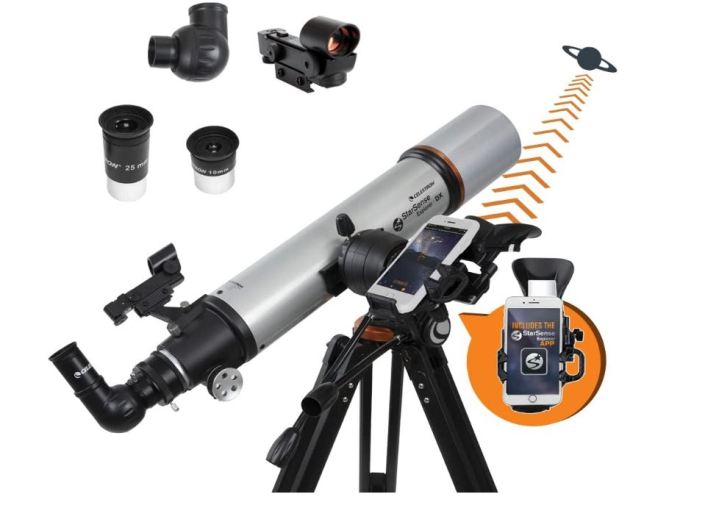

Want to level up your stargazing game? Right now is an interesting time to get into the hobby, with incredible images from the VLT Survey Telescope being released and new rockets being launched every few months. This Celestron StarSense Explorer DX telescope isn’t going to give you views of planets in other solar systems, but it has a bunch of cool features to help new astronomers get excited about space. As part of Prime Day telescope deals, this Celestron is discounted from $470 to just $320. Grab it before Prime Big Deal Days are over.
Why you should buy the Celestron StarSense Explorer DX telescope during Prime Day
The biggest feature of the Celestron StarSense Explorer DX that makes it great for beginners is the ability to hook it up to your smartphone. Connecting your phone lets you use the app to get a guided tour of the sky. Just point the telescope up in the sky (on a clear night) and connect the app. Using StarSense technology, the telescope figures out exactly what it’s looking at. It knows where you are in the world, what time it is, and what it’s looking at. From there it can point you in the direction of interesting things to look at based on your location and time. This is great for people just starting out in the world of stargazing.
But how good is the quality of the telescope? We ranked this as the best telescope for use with your phone — but it’s still a budget option. Celestron won five of the six categories in our best telescope ranking, and that quality translates to their budget options. This model has a 102mm refractor that allows you to things as close as the craters of the moon and as far away as the Pleiades Open Star Cluster.
The Celestron StarSense Explorer DX is on sale for $320, down $150 from its usual $470. Check it out at Amazon while Prime Day deals are still going strong. This telescope deal likely won’t last past the two official Prime Big Deal Days, and could even sell out before then.



